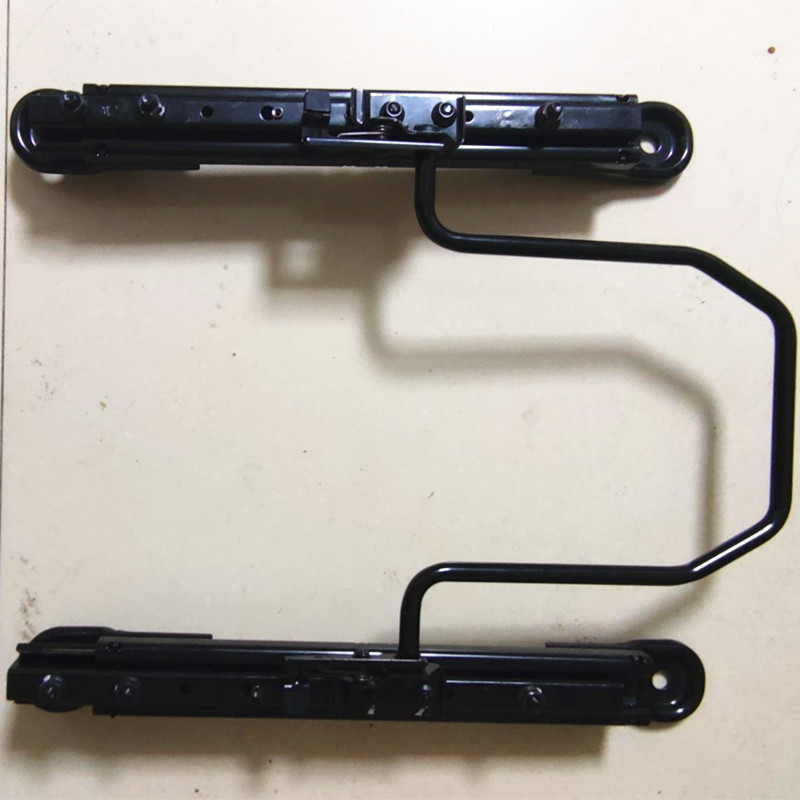Modification of car seats
Modification of
car seats
Car seat
modification has a certain possibility, but it must strictly comply with
regulations to ensure legality. It mainly involves the following aspects:
The scope of legal
modification: Seat modification is feasible within the allowed range, and the
core principle is not to change the number of seats and the overall structure
of the vehicle. For example, changing the seat material (such as fabric to leather)
or adjusting the color is a legal modification, provided that the modified seat
is firm, the seat belt function is normal, and it does not affect safety
performance.
The definition of
illegal modification: Unauthorized increase or decrease in the number of seats
(such as changing a five seat car to seven seats), changing the layout of
seats, or altering the structure of the frame are all illegal behaviors. Such
modifications are not only illegal, but may also fail annual inspections due to
their impact on vehicle safety performance.
Penalties and
risks of modification: Illegal modification of seats will face serious
penalties, including vehicle detention, orders to restore the original state,
and fines; Those with serious circumstances (such as safety hazards caused by
modifications) may be forcibly scrapped or liable for accident compensation.
Compliance
modification steps:
Apply for
permission from the vehicle management office before modification and explain
the modification content.
Choose a reputable
modification factory for operation.
Timely record the
modification and update the driving license information to ensure legality.
Future policies
may be relaxed, but seat modifications still need to prioritize safety. It is
recommended that car owners prioritize material and comfort adjustments to
avoid structural changes and ensure driving safety.
Contact information:
Cangzhou Huayang Car Accessory Co.,Ltd.
WhatsApp/WeChat/Kakao talk/MB:+86 15030709203
Tel: +86 15030709203; +86 18733045230
QQ: 2761741790
Email: sales@hycaraccessory.com
ceo@hycaraccessory.com
sales@yiduspace.com
2761741790@qq.com
Website: www.hycaraccessory.com




